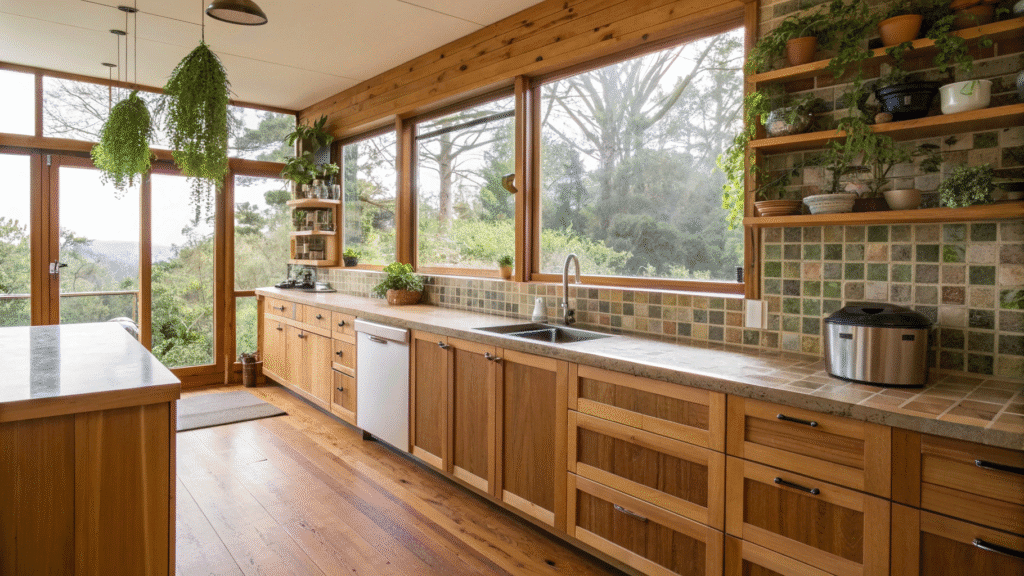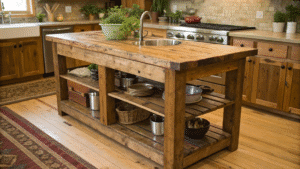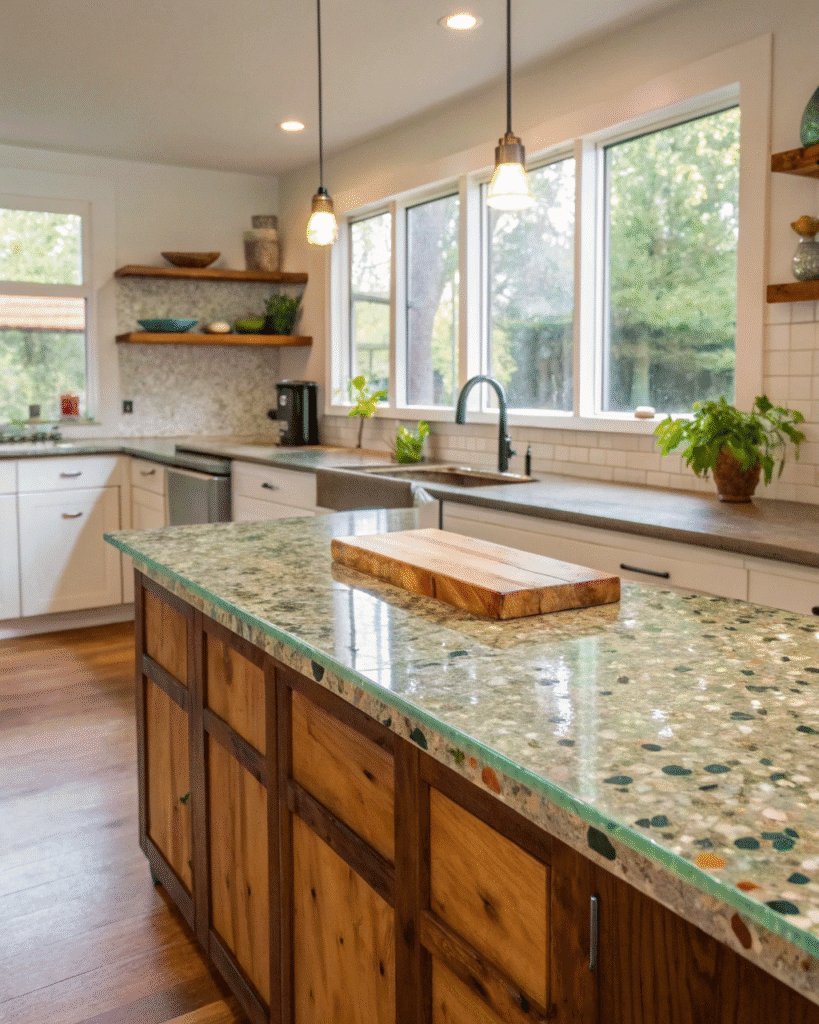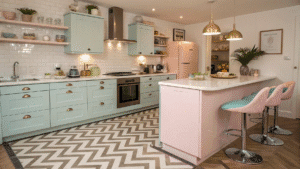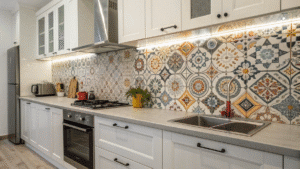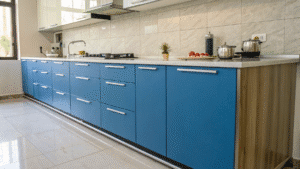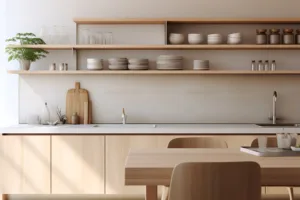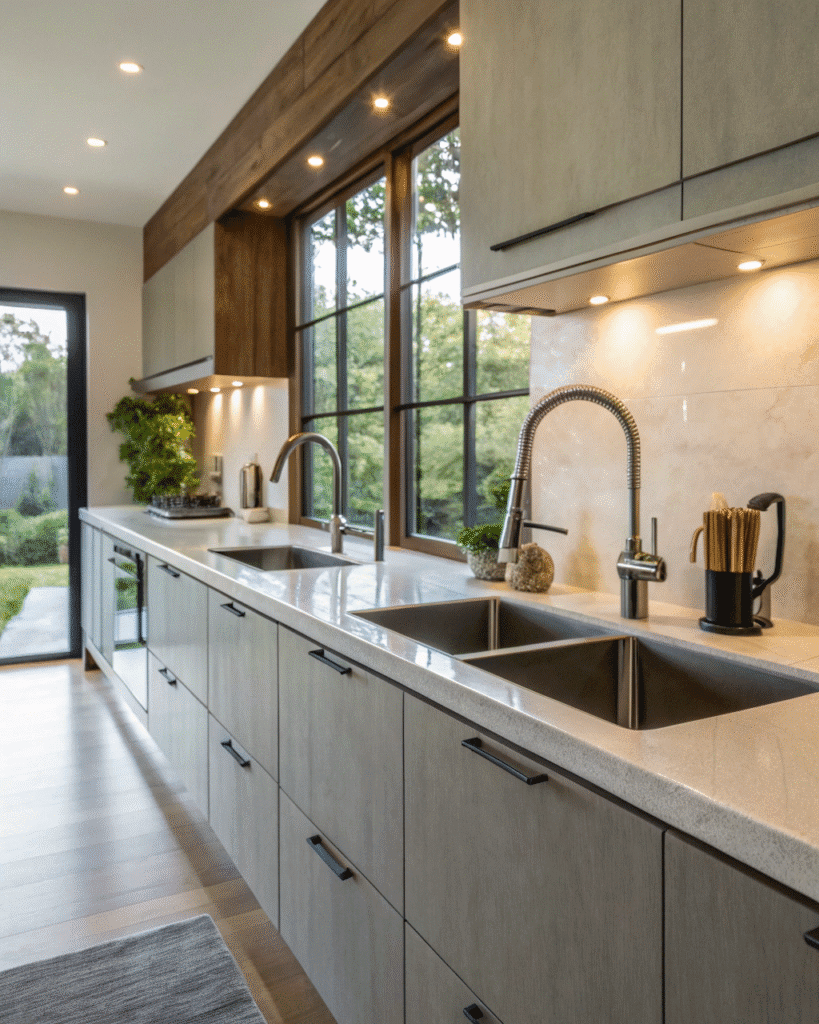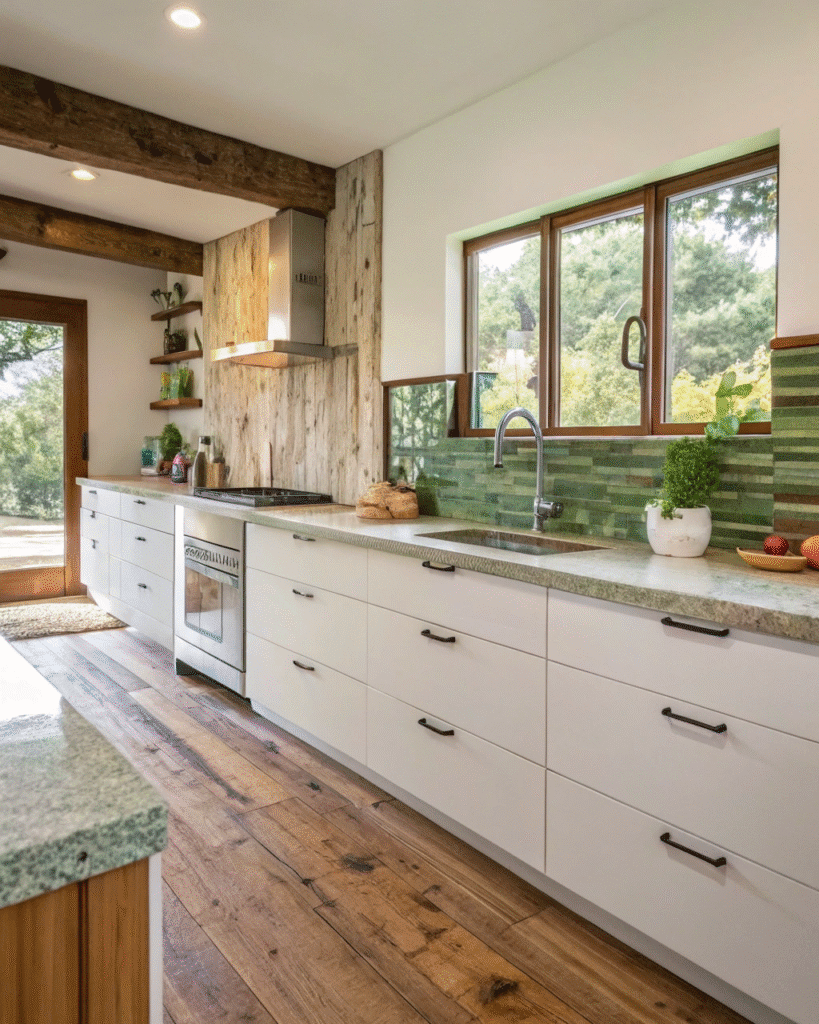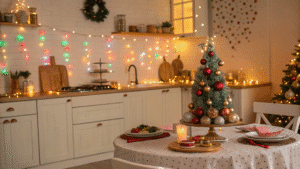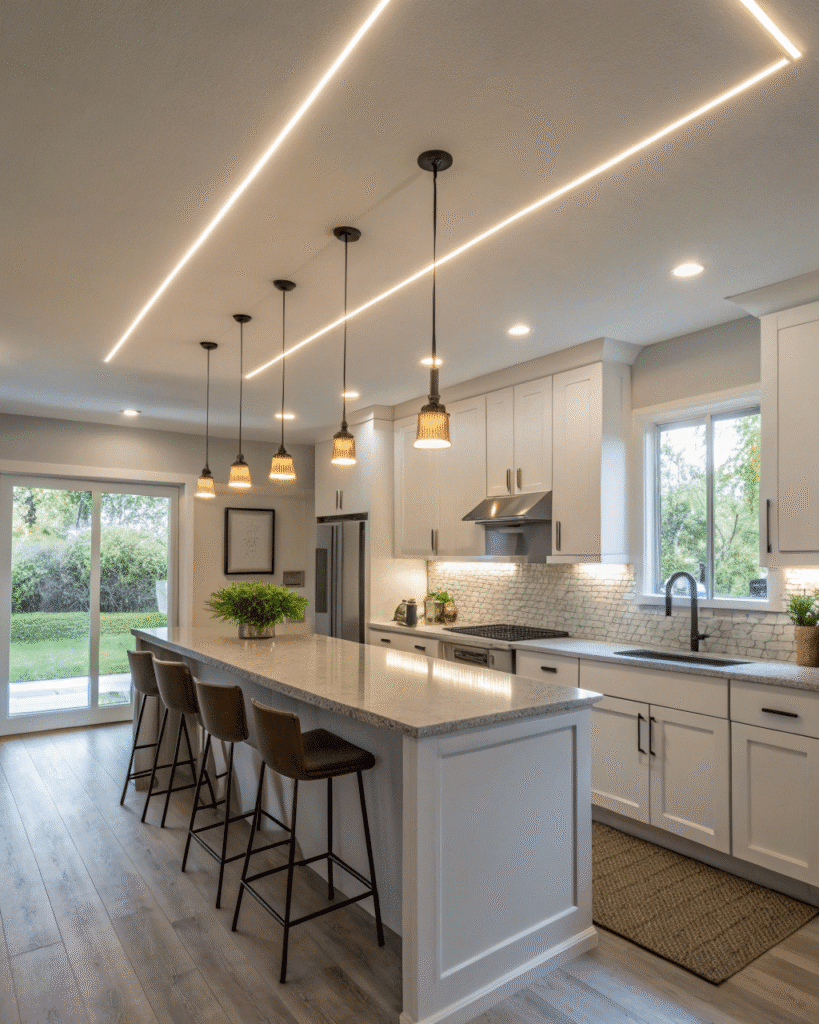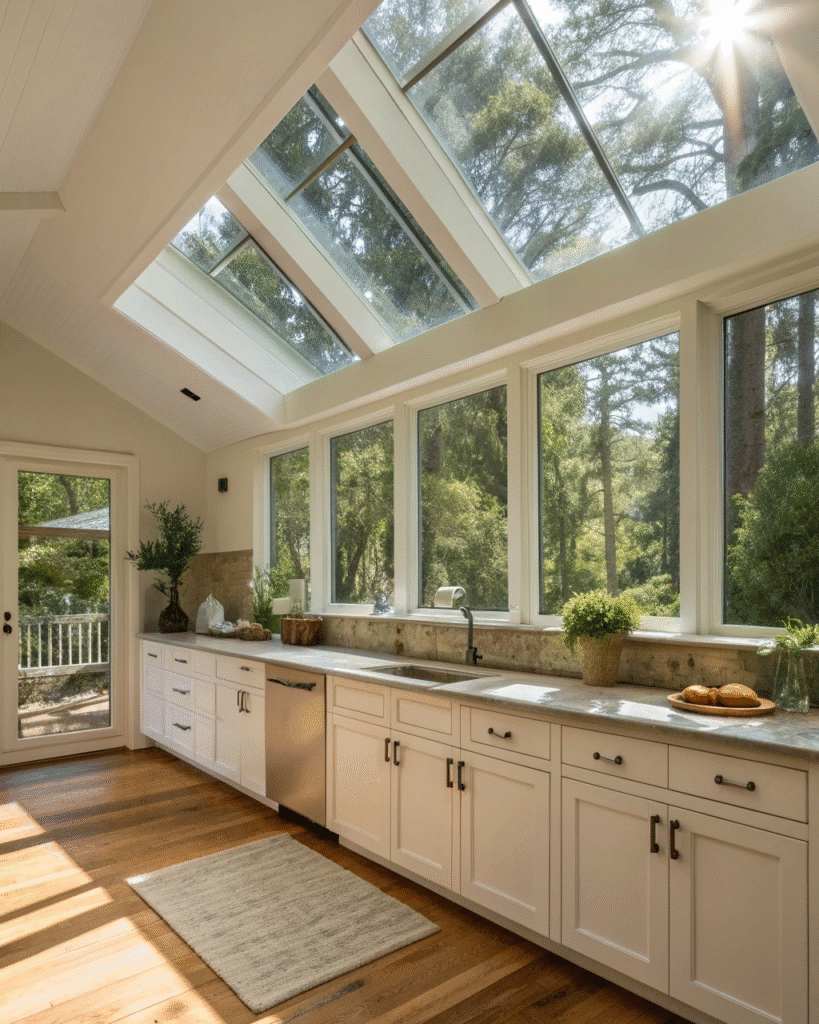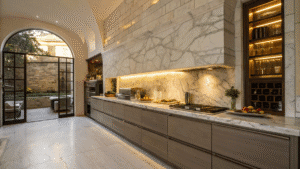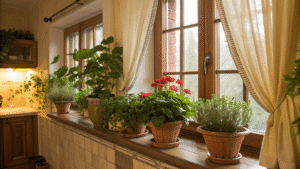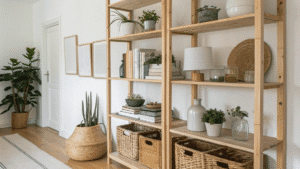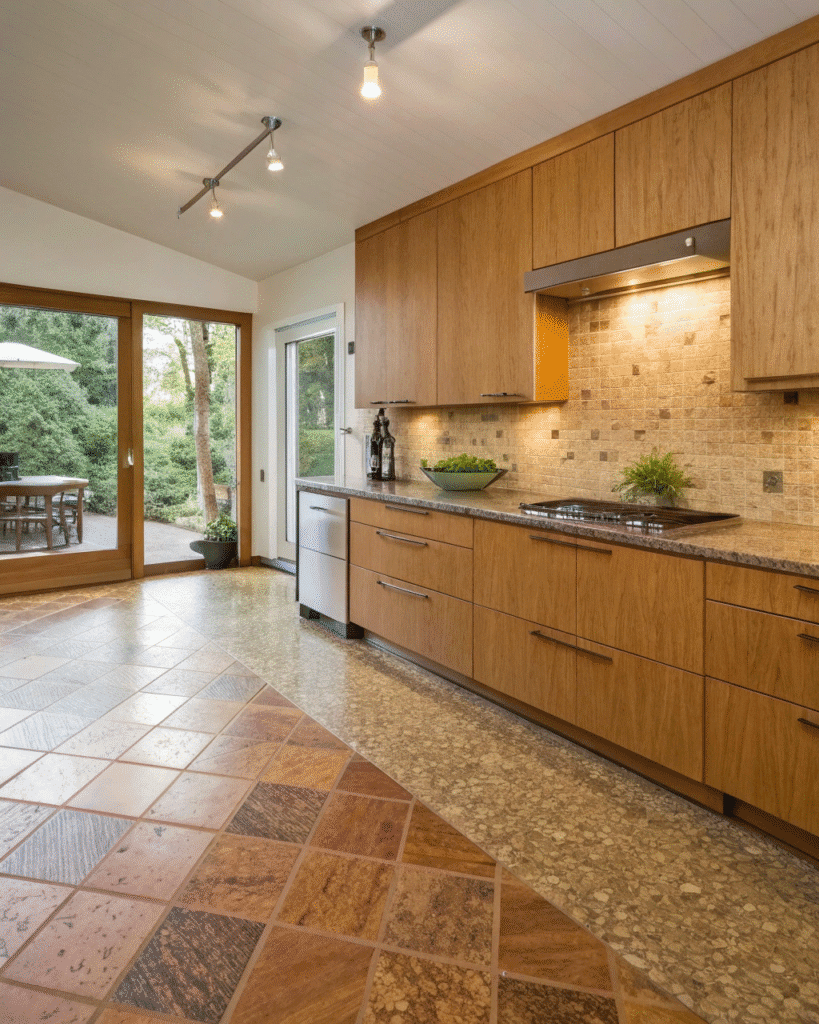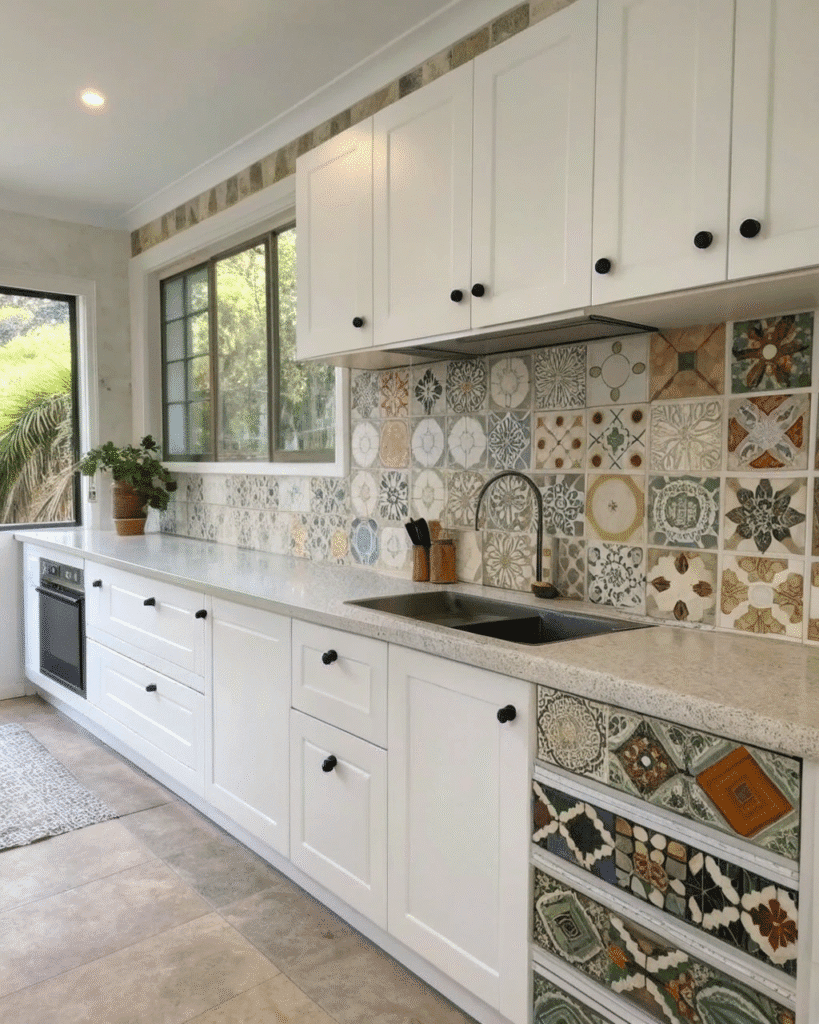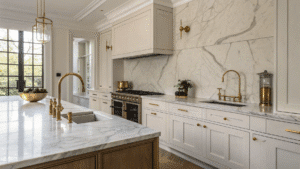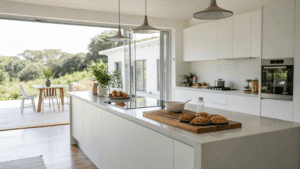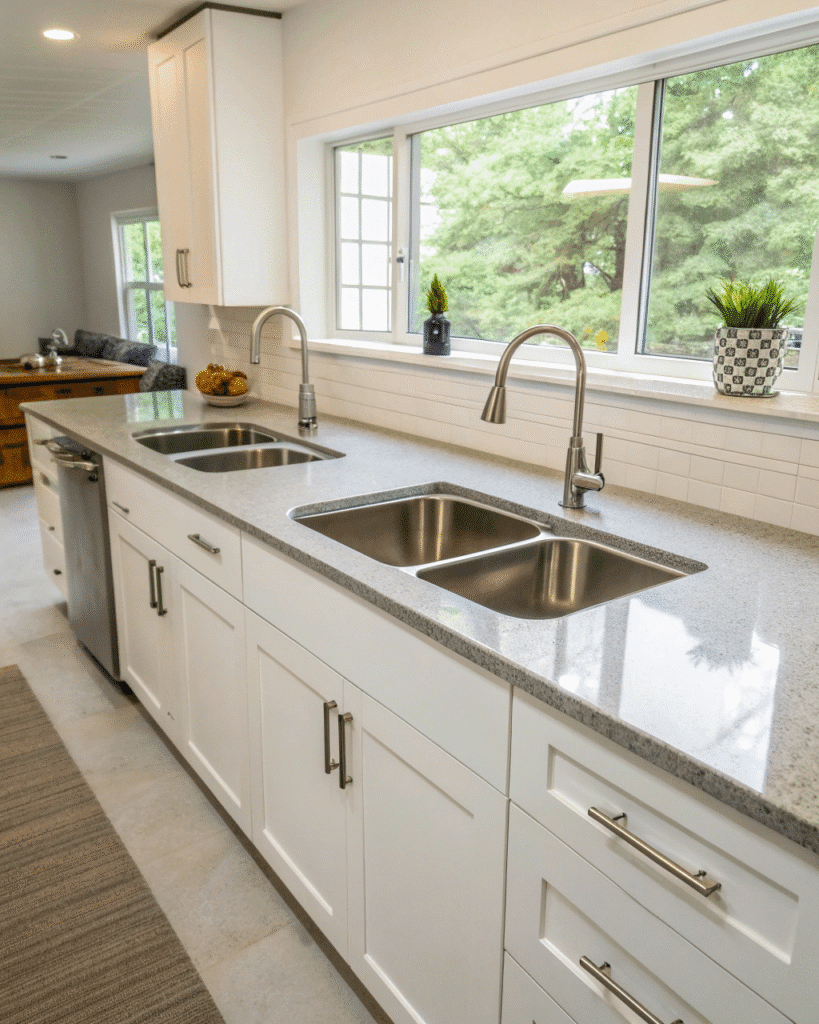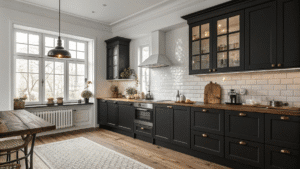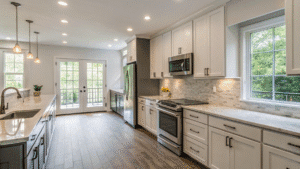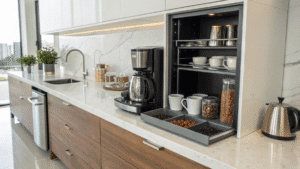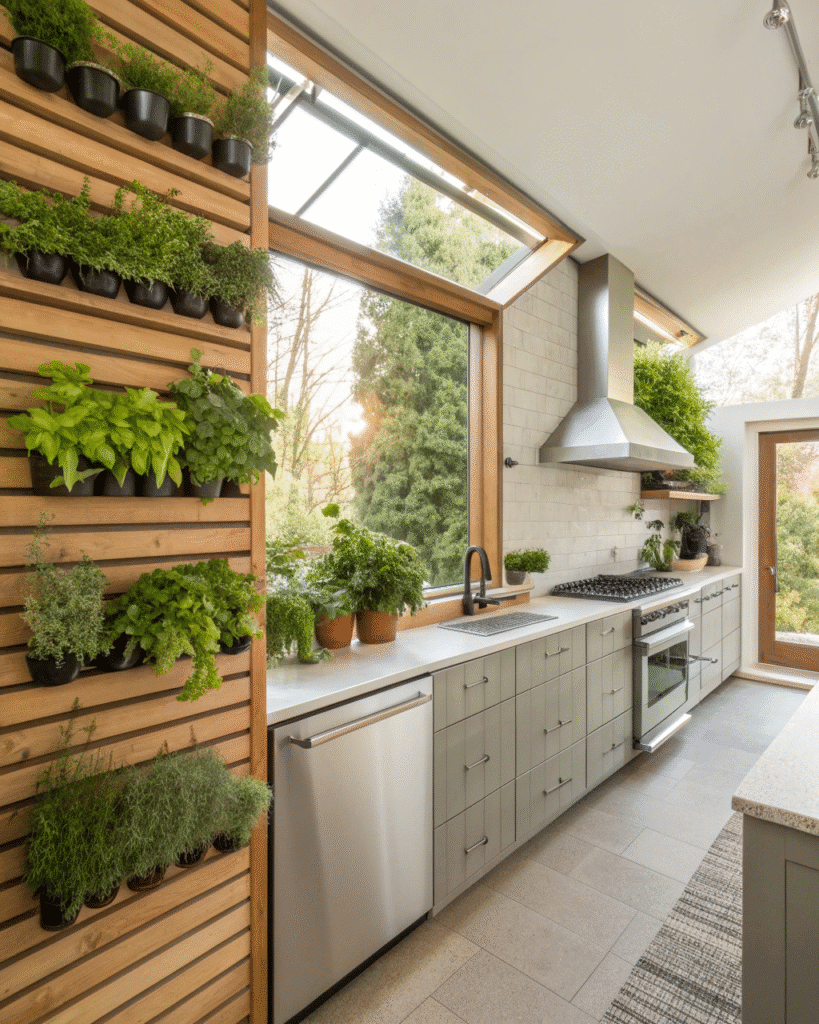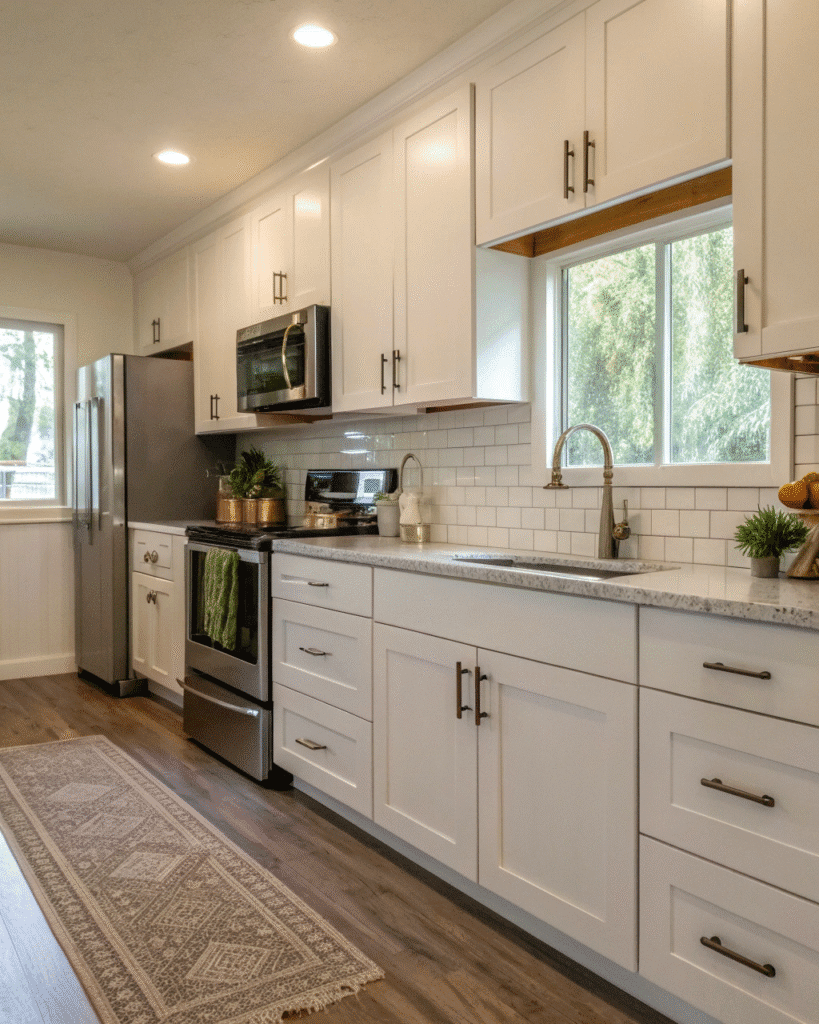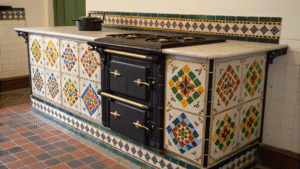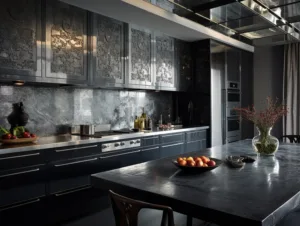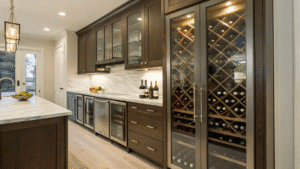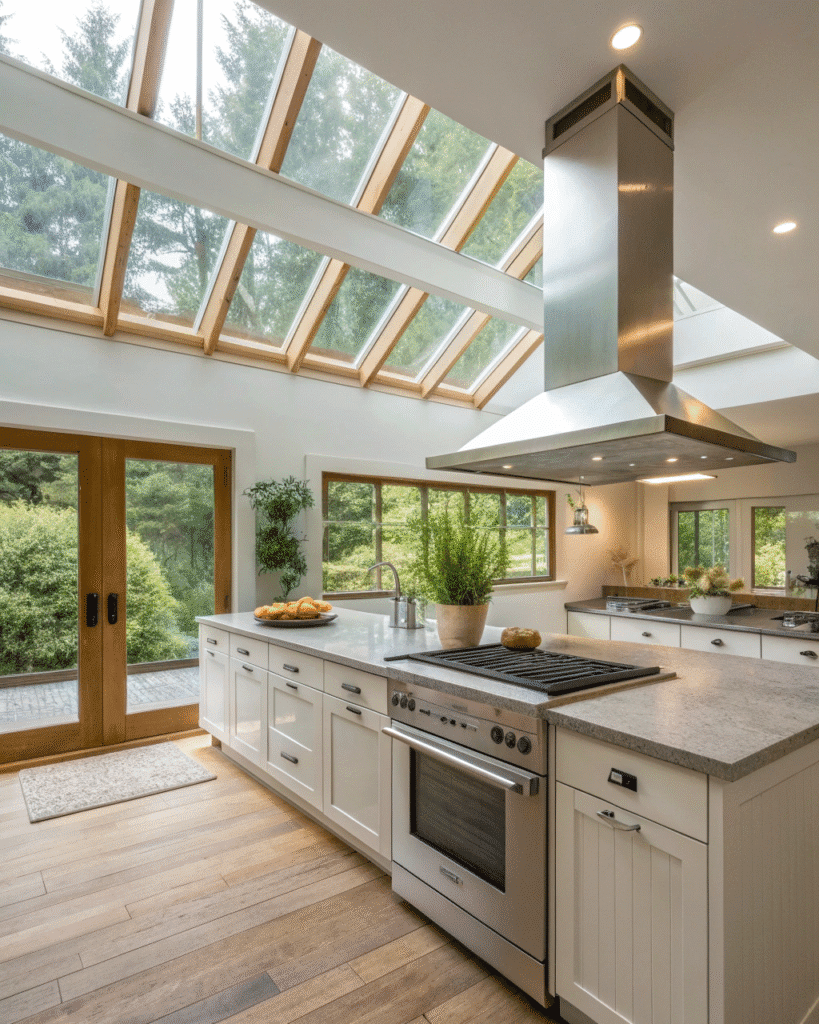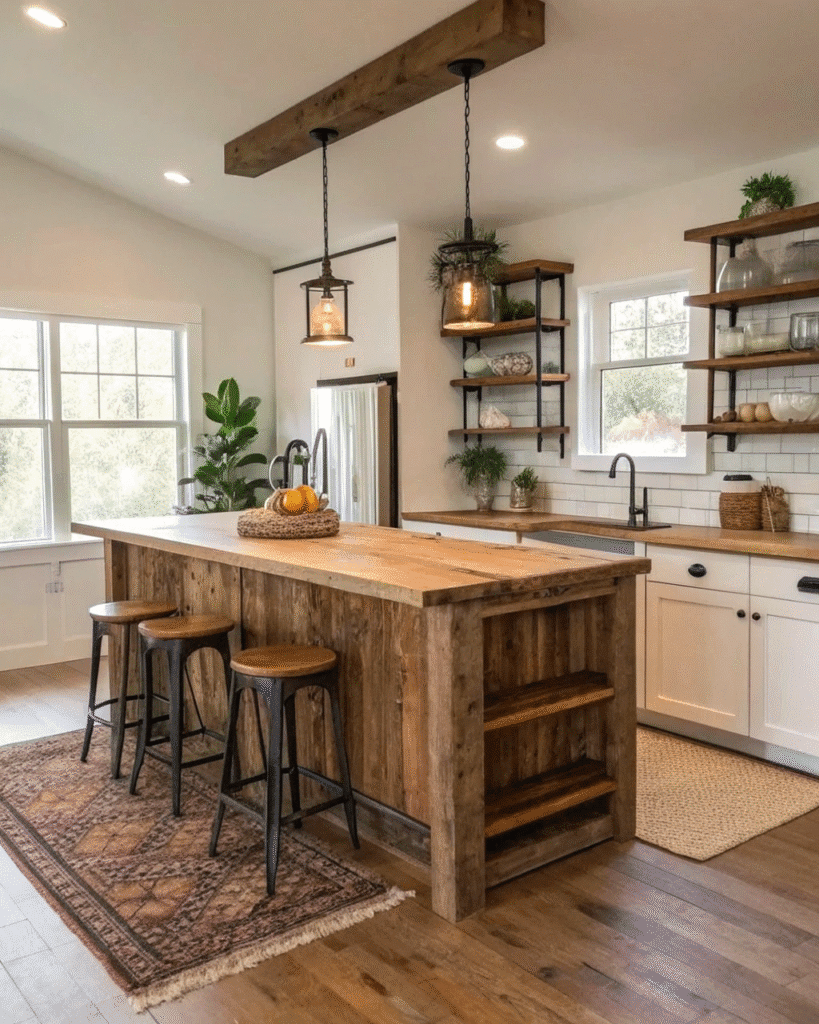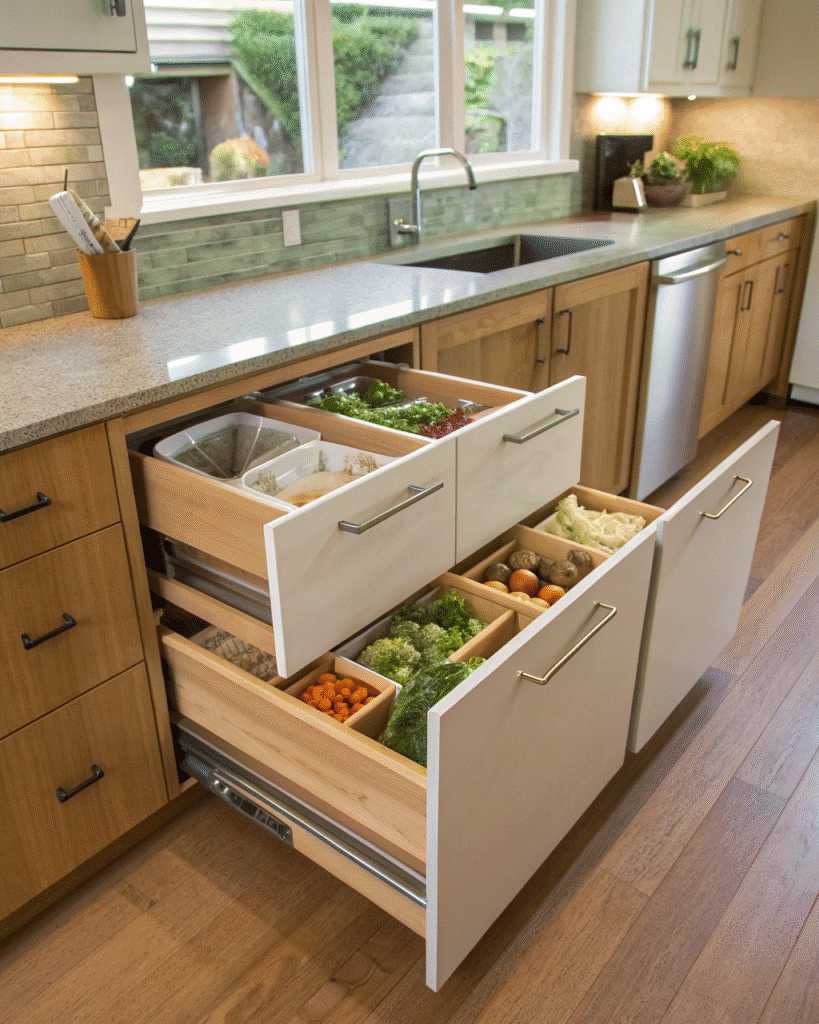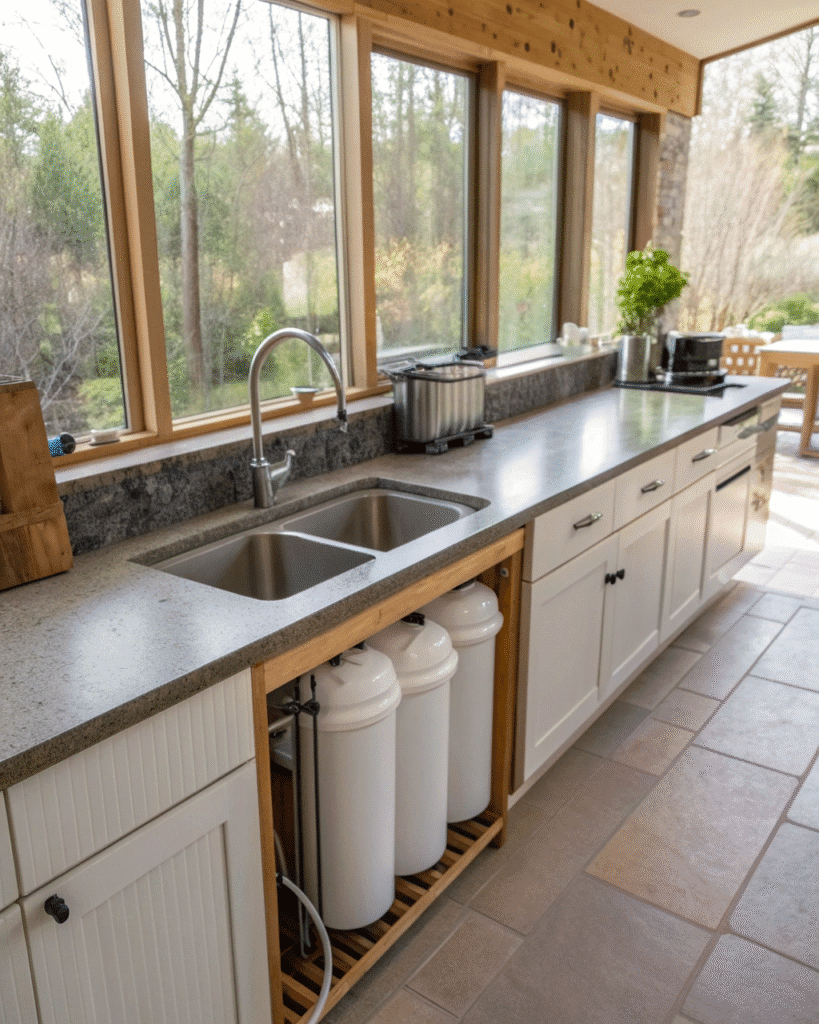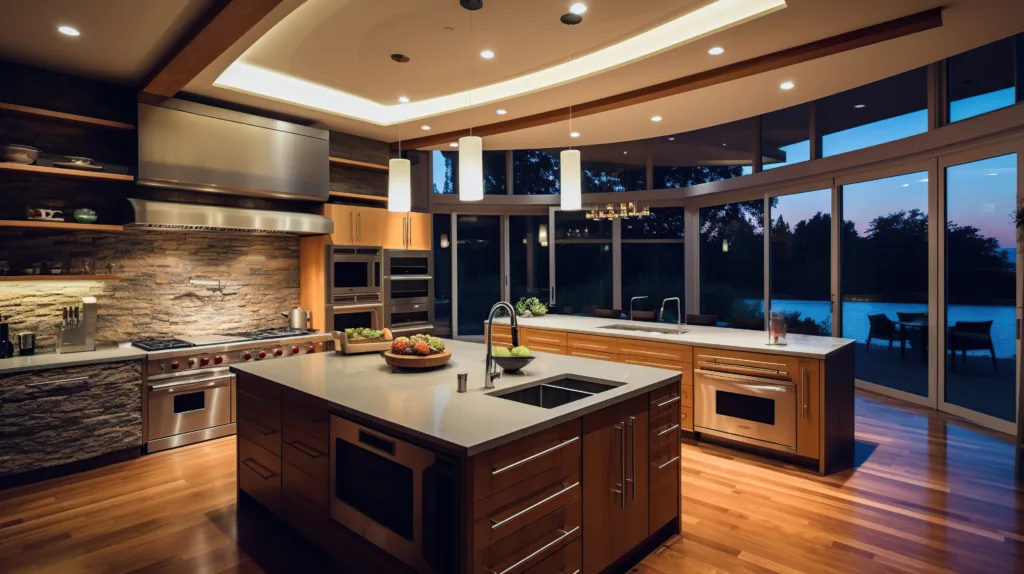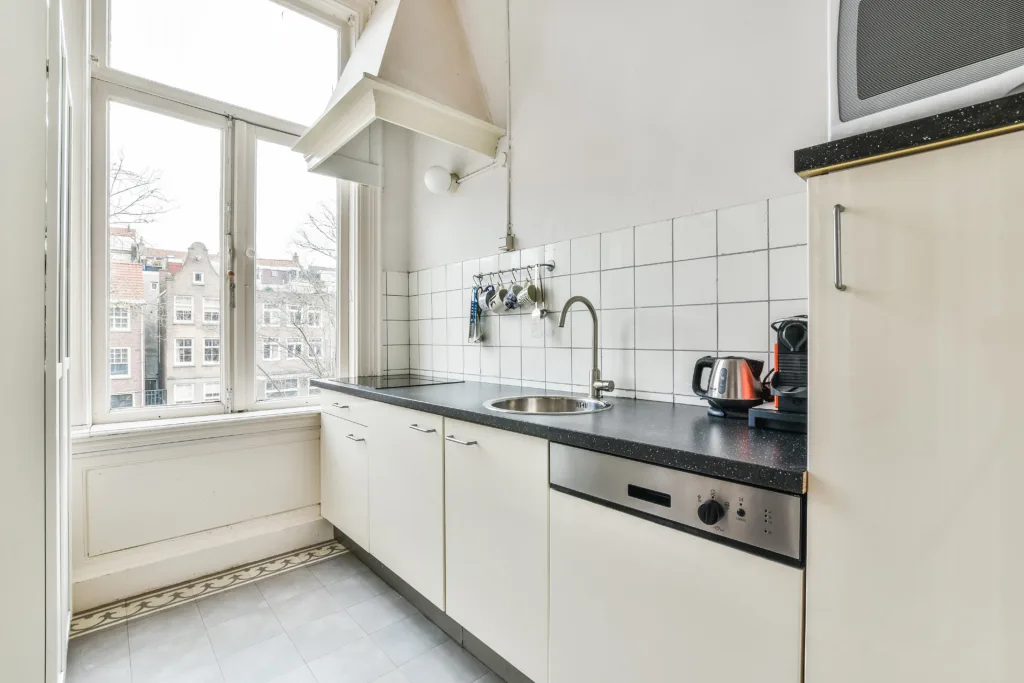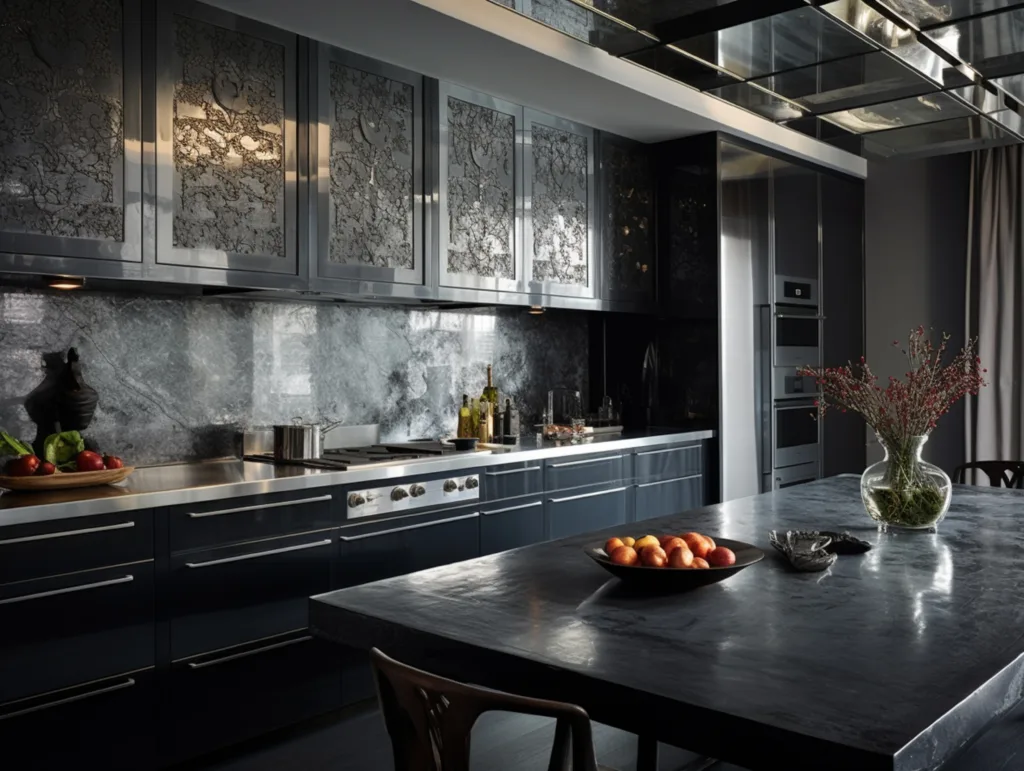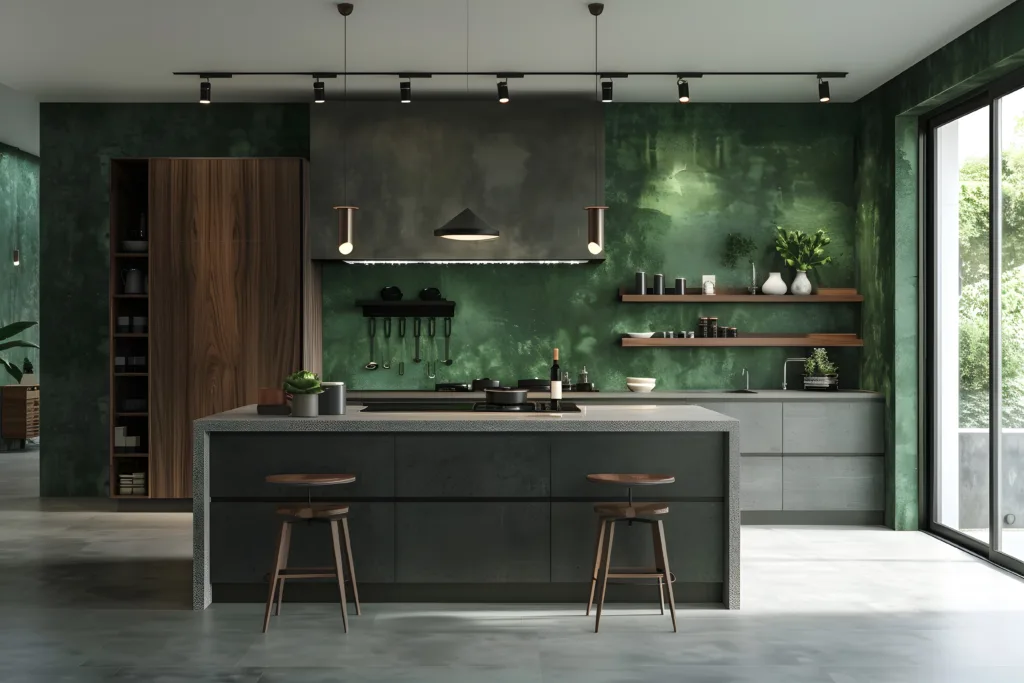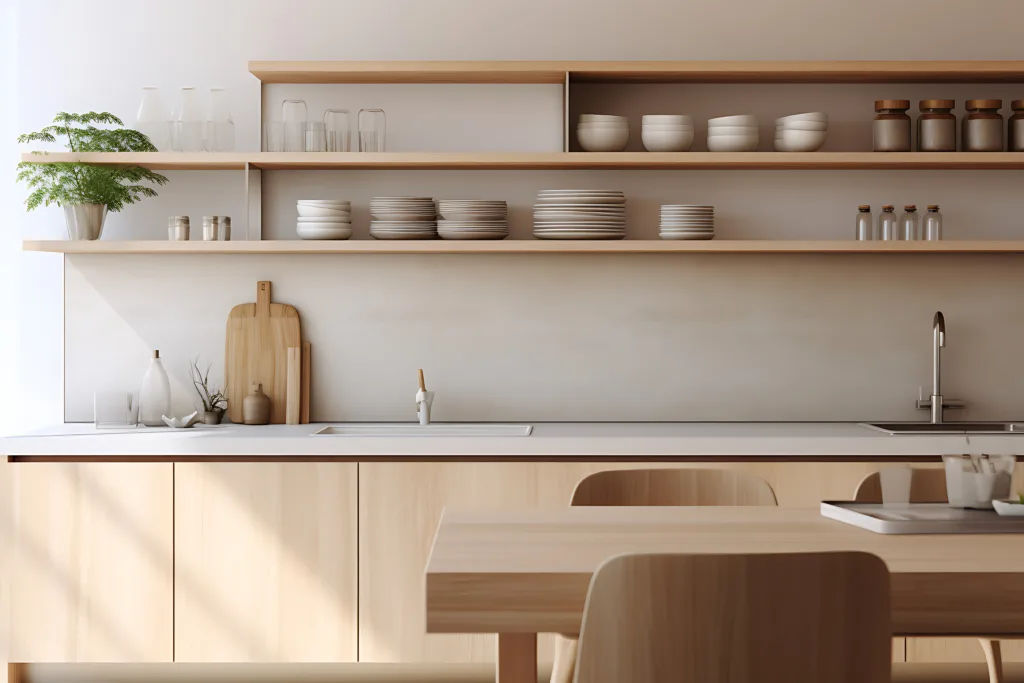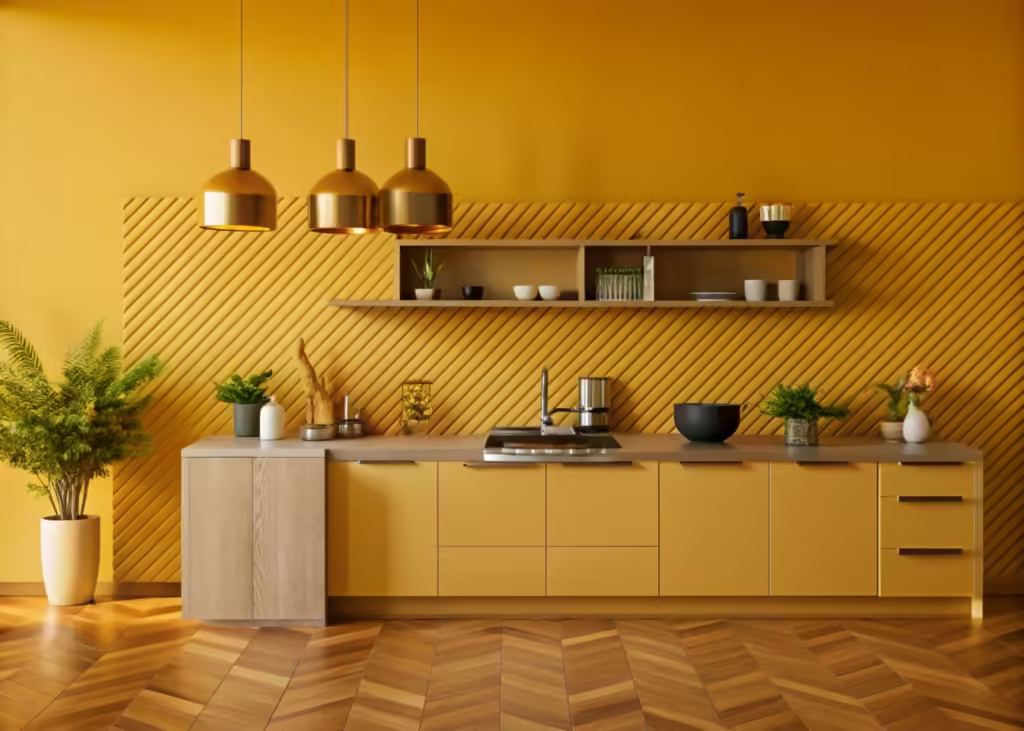15+ Eco-Friendly Kitchen Remodel Ideas for Sustainable Homes
Creating an eco-friendly kitchen isn’t just a design choice—it’s a lifestyle upgrade that saves energy, reduces waste, and creates a healthier space for your family.
Many sustainable ideas are stylish and budget-friendly, making it easier than ever to build a greener kitchen without sacrificing beauty.
Whether you’re remodeling completely or starting with small swaps, these ideas will help you create a kitchen that looks amazing while being kind to the planet.
1. Choose Sustainable Cabinet Materials
Opt for cabinets made from bamboo, reclaimed wood, or FSC-certified lumber. These materials are durable, naturally beautiful, and require fewer resources to produce. They instantly bring warmth and texture to your kitchen while keeping the environmental impact low.
Pro Tip: Bamboo cabinets pair especially well with matte black or brushed brass hardware for a chic eco-modern look.
2. Upgrade to Energy-Efficient Appliances
Energy Star appliances use significantly less water and electricity, and the latest models look sleek and modern. From fridges to dishwashers, choosing high-efficiency versions can dramatically lower your monthly bills while improving performance.
Pro Tip: Look for appliances with smart energy-saving modes for even better efficiency over time.
3. Choose Eco-Friendly Countertops
Recycled glass, reclaimed wood butcher block, and recycled composite surfaces make fantastic alternatives to traditional stone. They offer unique patterns and colors while reducing the need for mining new materials.
Pro Tip: Pair recycled glass countertops with simple white cabinets for a clean, modern, planet-friendly aesthetic.
4. Install Low-Flow or Motion-Sensor Faucets
Low-flow faucets and motion-sensor taps reduce water waste without compromising performance. They’re a subtle upgrade that makes a big difference in overall water usage.
Pro Tip: Choose sleek, modern designs that complement your kitchen’s style while saving water.
5. Use Low-VOC Paints and Finishes
Many traditional paints release toxic fumes that affect indoor air quality. Low-VOC or zero-VOC paints are healthier alternatives and come in a variety of colors to match your kitchen design.
Pro Tip: Use soft neutrals to create a warm, inviting kitchen while keeping the air clean.
6. Switch to LED Lighting
LED bulbs use far less energy than traditional incandescent bulbs and last much longer. Under-cabinet strips, pendant lights, and ceiling LEDs can dramatically reduce your electricity usage while brightening the space.
Pro Tip: Install dimmers to adjust lighting based on tasks or ambiance.
7. Maximize Natural Lighting
Adding or enlarging windows, skylights, or solar tubes brings more natural light into your kitchen. This reduces the need for artificial lighting and creates a fresh, airy atmosphere.
Pro Tip: Use light-colored walls and reflective surfaces to amplify sunlight in smaller kitchens.
8. Choose Eco-Friendly Flooring
Cork, bamboo, recycled tiles, and natural stone floors are sustainable and stylish. They are durable, easy to maintain, and reduce the need for replacement over time.
Pro Tip: Opt for bamboo flooring in light or mid-tones to make your kitchen feel warmer and more spacious.
9. Install a Recycled Tile Backsplash
Recycled glass, ceramic, or porcelain tiles add a unique, textured look while cutting down on new material usage. Patterns and colors can help make a bold style statement.
Pro Tip: Pair neutral countertops with colorful recycled tiles for a subtle yet vibrant focal point.
10. Add Smart Kitchen Technology
Smart appliances, thermostats, and exhaust fans help reduce energy consumption by operating only when needed. They also make your kitchen more convenient and modern.
Pro Tip: Start small with app-controlled lighting or a smart plug for major appliances.
11. Choose Recycled Stainless Steel Sinks
Recycled stainless steel is strong, rust-resistant, and eco-friendly. These sinks maintain a sleek look and last for decades.
Pro Tip: Pair a recycled steel sink with a water-efficient faucet for maximum sustainability.
12. Add an Indoor Herb Garden
Growing herbs indoors reduces packaged food waste and brings fresh greenery to your kitchen. Countertop pots or wall-mounted planters work well in compact kitchens.
Pro Tip: Use ceramic or stone pots to complement your kitchen design while keeping it eco-friendly.
13. Reface Instead of Replace Cabinets
If your cabinet frames are in good shape, refacing them with new doors, hardware, and finishes saves money and reduces waste compared to full replacement.
Pro Tip: Update hardware to matte black or brushed brass for a high-end, sustainable look.
14. Choose Energy-Efficient Ventilation
Energy-saving range hoods and exhaust fans improve indoor air quality without consuming excessive power. Look for quiet, high-efficiency models.
Pro Tip: Choose models with LED lighting to combine efficiency with functionality.
15. Use Reclaimed or Vintage Furniture
Incorporate reclaimed islands, stools, or shelving for character and sustainability. Vintage pieces add warmth and uniqueness while reducing landfill waste.
Pro Tip: Sand and seal reclaimed wood to maintain longevity and a polished look.
16. Add a Built-In Composting Solution
Built-in compost drawers or countertop composters make it easy to recycle food scraps. It’s a small change that has a big environmental impact.
Pro Tip: Keep the compost bin near the prep area for convenience while cooking.
17. Install a Water Filtration System
Filtered water reduces bottled water usage and improves drinking quality. It’s an eco-friendly, cost-effective solution.
Pro Tip: Choose under-sink filters to save counter space and reduce plastic waste.
Final Thoughts
Eco-friendly kitchen remodeling is about combining style, functionality, and sustainability.
Even small upgrades like LED lighting, water-saving faucets, or low-VOC paints can make a significant impact.
Whether you’re doing a full remodel or just a few changes, these ideas create a kitchen that looks beautiful, works efficiently, and contributes positively to the environment.
FAQs
1. What’s the easiest eco-friendly upgrade for a kitchen?
Switching to LED lighting or low-VOC paints is fast, inexpensive, and immediately improves sustainability.
2. Are eco-friendly materials more expensive?
Not always. Bamboo, recycled tiles, and refaced cabinets often cost less than brand-new, traditional options.
3. Which appliances save the most energy?
Refrigerators, dishwashers, and ovens with Energy Star ratings have the largest long-term impact.
4. Can I make my kitchen eco-friendly without a full remodel?
Yes. Swap lighting, add water-saving fixtures, reface cabinets, and incorporate plants or composting solutions.
5. What countertop material is the most sustainable?
Recycled glass and reclaimed wood are stylish, long-lasting, and environmentally friendly.
- 13+ Winter Bedroom Decor Ideas for a Warm Look - November 19, 2025
- 14+ Handmade Felt Bags for Women - November 18, 2025
- 13+ DIY Felt Dolls for Girls - November 18, 2025

